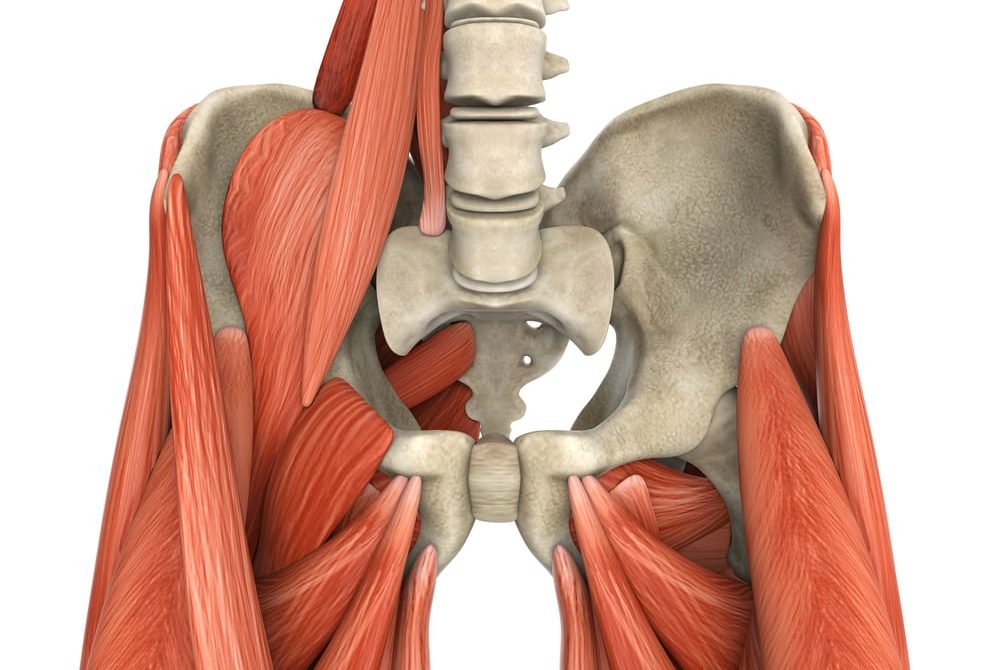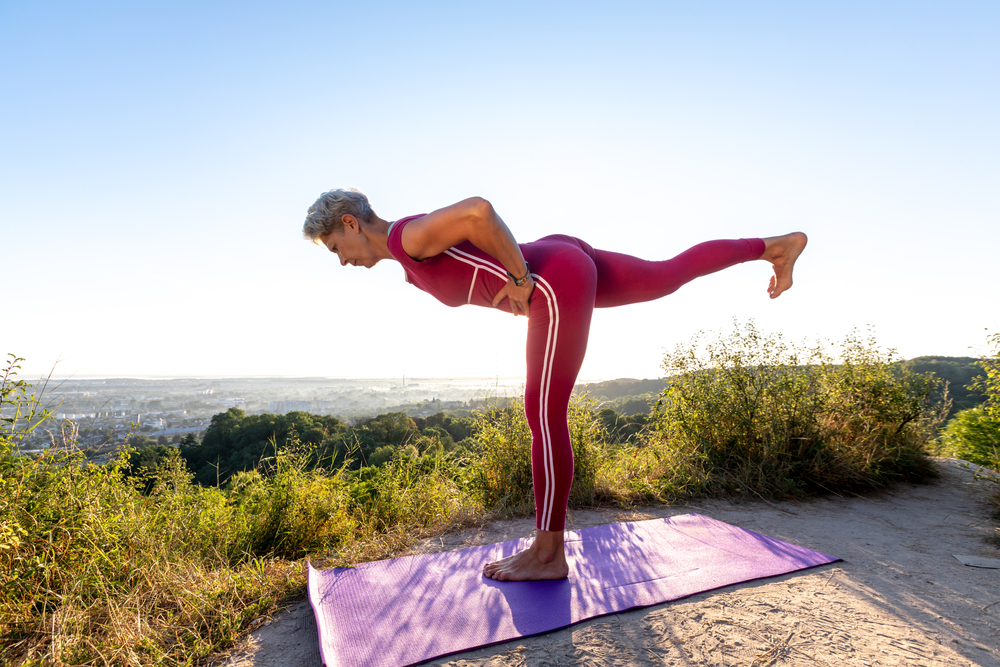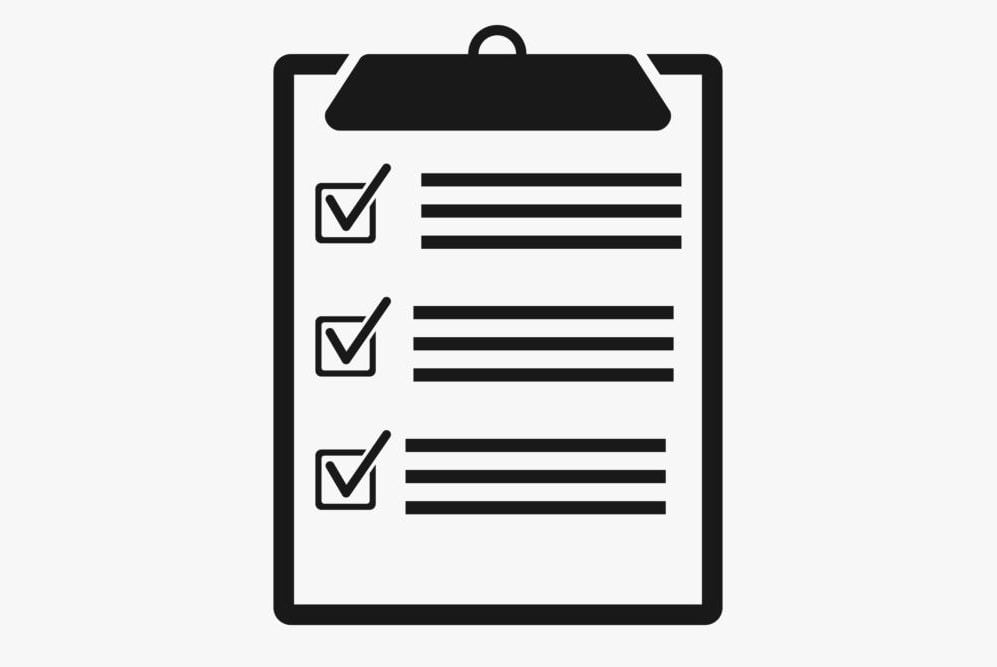
Introduction
Quickly assess your knowledge of Pelvic Anatomy, and identify gaps in your education. See below for assessments on these subjects:
- Pelvis & Hips Anatomy Intro
- Hip Muscles
- Pelvic Tilt & Hip Movements
Purpose
Offer a series of free quizzes for yoga teachers to:
- Provide an effective way to assess knowledge of each of the Teaching Knowledge Standards.
- Make it easy to self-assess privately, on your own time.
- Help teachers who identify educational gaps to bolster their knowledge with accessible and practical lessons.
More Self-Assessments
For more self-assessments, see the Standards & Self-Assessment Hub.
Pelvis & Hips Anatomy Intro

Teaching Standard
Become familiar with the foundational anatomy of the pelvic region including naming conventions, the bones and joints, the female pelvis, and the important functions of the pelvis.
Assessment
- What is the meaning of “pelvis” in Latin?
- What are some different names for the pelvic region?
- Describe four functions of the pelvis.
- Describe two ways the pelvis is related to energetic practices in yoga.
- Name the bones of the pelvis.
- Describe the hip bones.
- What is the iliac crest and how can a student find it on her body?
- Describe the sacrum.
- Describe the coccyx.
- Describe the ball and socket hip joints.
- What is the anatomical function of the SI joints in the pelvic region?
- How is the female pelvis different from the male pelvis?
Hip Muscles

Teaching Standard
Learn the anatomical terminology and function of hip muscles including anterior muscles (hip flexors and quadriceps), medial muscles (adductors), posterior muscles (hamstrings, glutes) and lateral muscles (rotators).
Assessment
- What are three different ways that hip muscles are categorized and described?
- When classified by location in relation to the hip joint, what are the categories of hip muscles, and which muscles are included in each?
- What functional categories describe the types of hip muscles?
- What is another way that hip muscles may be categorized?
- Where are medial muscles located?
- What do they do?
- What five muscles make up the adductors?
- Where are the posterior muscles located?
- What three muscles make up the hamstrings?
- What are some potential consequences of tight hamstrings?
- What muscle groups make up the lateral muscles?
- What three muscles make up the gluteal muscle group?
- Where are hip abductors located? What do they do?
- What are some teaching considerations relating the posterior muscles?
- Describe the lateral hip muscles.
- What five muscles make up the external rotators?
- What may be the result of a tight piriformis?
Pelvic Tilt & Hip Movements

Teaching Standard
Be proficient in using accurate terminology related to hip movements and how to apply knowledge of pelvic tilt and hip movements to inform teaching.
Assessment
- Describe the significance and characteristics of a neutral pelvis.
- Name and describe the two pelvic tilt positions.
- If a student is unable to find a neutral pelvis and generally presents with an anterior tilt / excess low back curvature, what may be causing this?
- Hip movements stem from the hip joint. Describe the hip joint.
- Name each movement of the hip joint within each of the three planes of motion.
- Name and describe the six movements of the hips.
- When planning a class, what is a useful objective regarding hip movements?
- Discuss the importance of balancing strength and flexibility of the hips.
- Discuss cautions and considerations regarding end range of motion of hip movements.
- Provide a sample pose for each movement of the hips.
Next Steps

- To view more self-assessments, go to the Standards & Self-Assessment Hub.
- To bolster your knowledge and be recognized as a YTC teacher, enroll in the Yoga Teacher Central Study Program (details below).
- Members, view clear and concise lessons:

In a Nutshell
- The enrollment fee is $25 and is open to Yoga Teacher Central members, past members and non-members.
- Members receive current membership benefits plus additional benefits listed below.
- Enrollment in the Study Program qualifies you for lifetime YTC Teacher status.
Benefits
Enrolling in the Study Program gives you:
- A downloadable Knowledge Standards Lesson Guide to walk you through a structured study path toward certification.
- Selection of 5 downloadable lessons of your choice (from a library of nearly 500).
- Recognition as a YTC Teacher (for life; no expiration).
- Professional marketing kit for highlighting your YTC Teacher status on social media and your website.
- Excellent preparation for taking certification exams.
Members
- Your current membership gives you online access to not only thousands of pages of organized study and teaching knowledge, but also sequence breakdowns and teaching notes, theme plans, injury cheat-sheets, and so on.
- When you enroll in the Study Program, you get these additional benefits: a Knowledge Standards Lesson Guide, selection of 5 downloadable lessons of your choice, and a professional marketing kit for highlighting your YTC Teacher status on social media and your website.

See here for information about exams, badges and certification. Get links for each exam, and for a no-risk trial exam.
We think you’ll enjoy taking the exams. The questions are well-thought-out and the subject matter is quite engaging and significant for teachers. You’ll get an inspiring teaching after answering each question. At the end of the exam, you see a summary of wrong answers and the relevant teachings, giving you a personal study guide targeted to your needs.
This is an hour well-spent!







